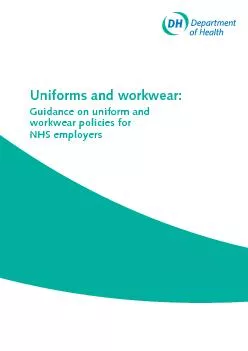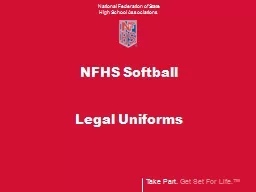PDF-Uniforms and workwear:
Author : test | Published Date : 2015-11-26
Guidance on uniform and workwear policies for NHS employers DH INFORMATION READER BOX Policy HRWorkforce Management Planning Clinical Estates Commissioning IMT Finance Social
Presentation Embed Code
Download Presentation
Download Presentation The PPT/PDF document "Uniforms and workwear:" is the property of its rightful owner. Permission is granted to download and print the materials on this website for personal, non-commercial use only, and to display it on your personal computer provided you do not modify the materials and that you retain all copyright notices contained in the materials. By downloading content from our website, you accept the terms of this agreement.
Uniforms and workwear:: Transcript
Download Rules Of Document
"Uniforms and workwear:"The content belongs to its owner. You may download and print it for personal use, without modification, and keep all copyright notices. By downloading, you agree to these terms.
Related Documents














